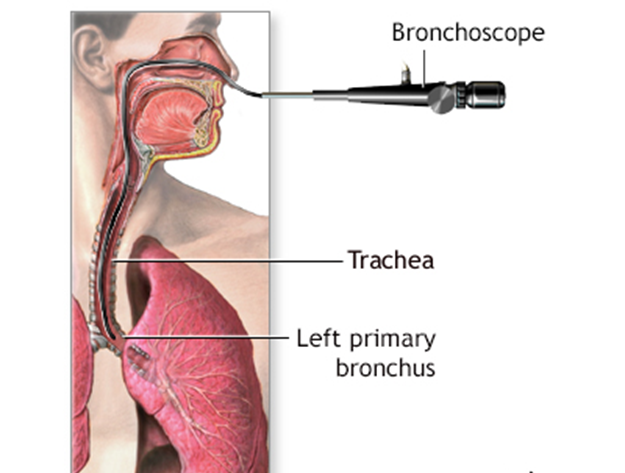A nurse is reviewing the medical record of a client who reports his urine is red-orange. The nurse should identify that which of the following medications can cause this adverse effect?
Isoniazid
Metoprolol
Rifampin
Furosemide
The Correct Answer is C
Choice A reason: Isoniazid is an antitubercular drug that can cause urine to turn dark yellow or brown, not red-orange.
Choice B reason: Metoprolol is a beta-blocker that can cause urine to turn blue-green, not red-orange.
Choice C reason: Rifampin is an antitubercular drug that can cause urine to turn red-orange, as well as other body fluids such as saliva, sweat, and tears.
Choice D reason: Furosemide is a diuretic that can cause urine to become more concentrated and darker in color, but not red-orange.
Nursing Test Bank
Naxlex Comprehensive Predictor Exams
Related Questions
Correct Answer is C
Explanation
Choice A: This is incorrect because sore throat is not a finding that the nurse should report to the provider. Sore throat is a common and expected complication of bronchoscopy due to irritation from the endoscope. The nurse should provide oral care and offer ice chips or lozenges to soothe the throat.
Choice B: This is incorrect because blood pressure 110/78 mm Hg is not a finding that the nurse should report to the provider. Blood pressure 110/78 mm Hg is within the normal range and does not indicate any adverse effects from bronchoscopy. The nurse should monitor the vital signs and oxygen saturation of the client.
Choice C: This is correct because facial edema is a finding that the nurse should report to the provider. Facial edema can indicate an allergic reaction, airway obstruction, or mediastinal emphysema, which are serious and potentially life-threatening complications of bronchoscopy. The nurse should assess the airway, breathing, and circulation of the client and administer oxygen and medications as prescribed.

Choice D: This is incorrect because presence of gag reflex is not a finding that the nurse should report to the provider. Presence of gag reflex is an expected outcome of bronchoscopy, indicating that the anesthesia has worn off and the client can resume oral intake. The nurse should check the gag reflex before offering any food or fluids to the client.
Correct Answer is A
Explanation
The correct answer is A:
Choice A reason:
Replace the unit when the drainage chamber is full. This ensures continuous, effective drainage. A full chamber cannot collect more fluid, risking system compromise and patient safety.
Choice B reason:
Pinning the tubing to the bed sheets is incorrect because it can cause kinks in the tubing, leading to obstruction of drainage and potential complications.
Choice C reason:
Monitoring for at least 150 mL of drainage every hour is not a standard practice. Normal chest tube drainage is variable; excessive drainage, such as 150 mL/hour, could indicate a serious condition like hemorrhage.
Choice D reason:
Clamping the tube routinely for 30 minutes every 8 hours is not recommended. Clamping may be done during tube removal or to check for air leaks but doing so routinely can lead to tension pneumothorax.
Whether you are a student looking to ace your exams or a practicing nurse seeking to enhance your expertise , our nursing education contents will empower you with the confidence and competence to make a difference in the lives of patients and become a respected leader in the healthcare field.
Visit Naxlex, invest in your future and unlock endless possibilities with our unparalleled nursing education contents today
Report Wrong Answer on the Current Question
Do you disagree with the answer? If yes, what is your expected answer? Explain.
Kindly be descriptive with the issue you are facing.
